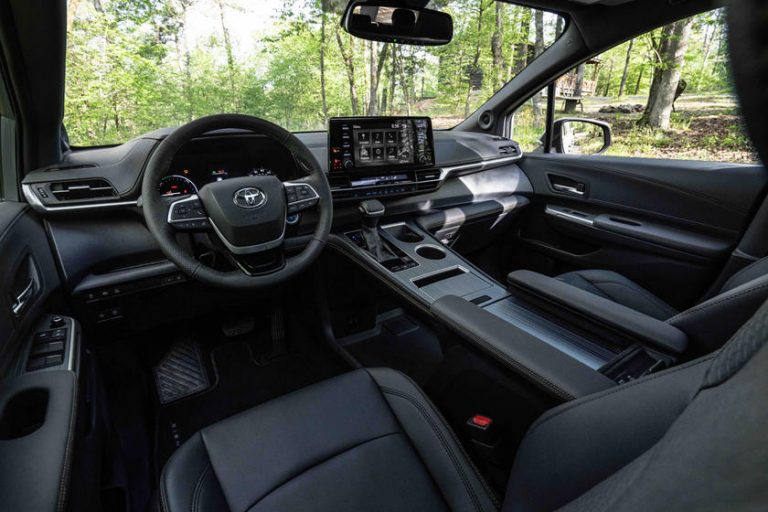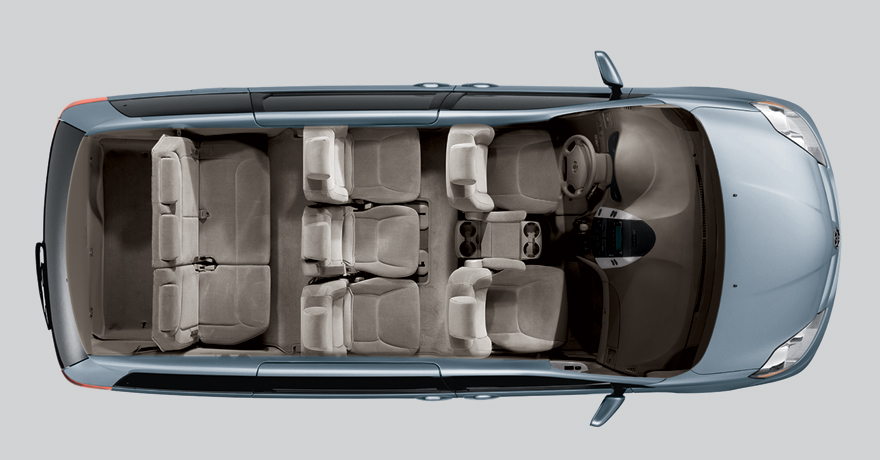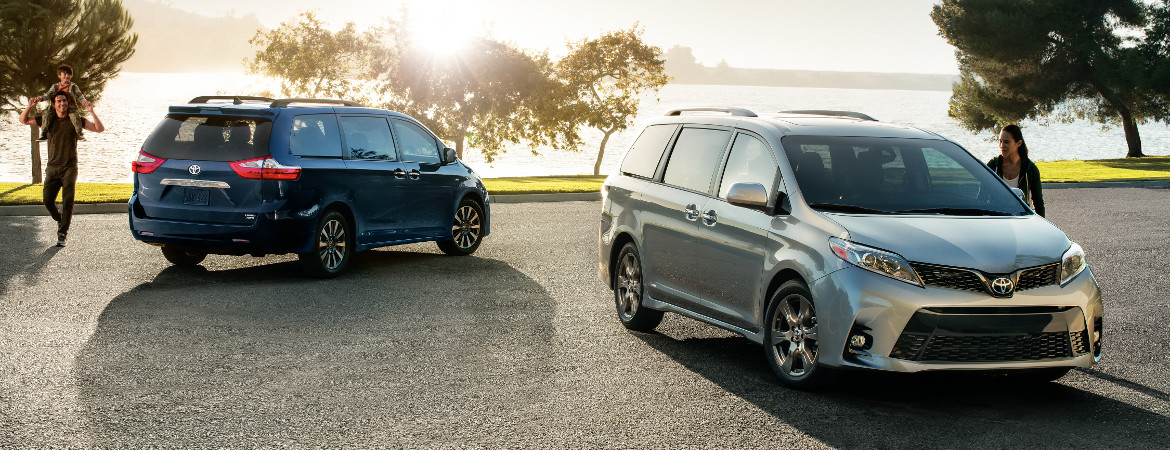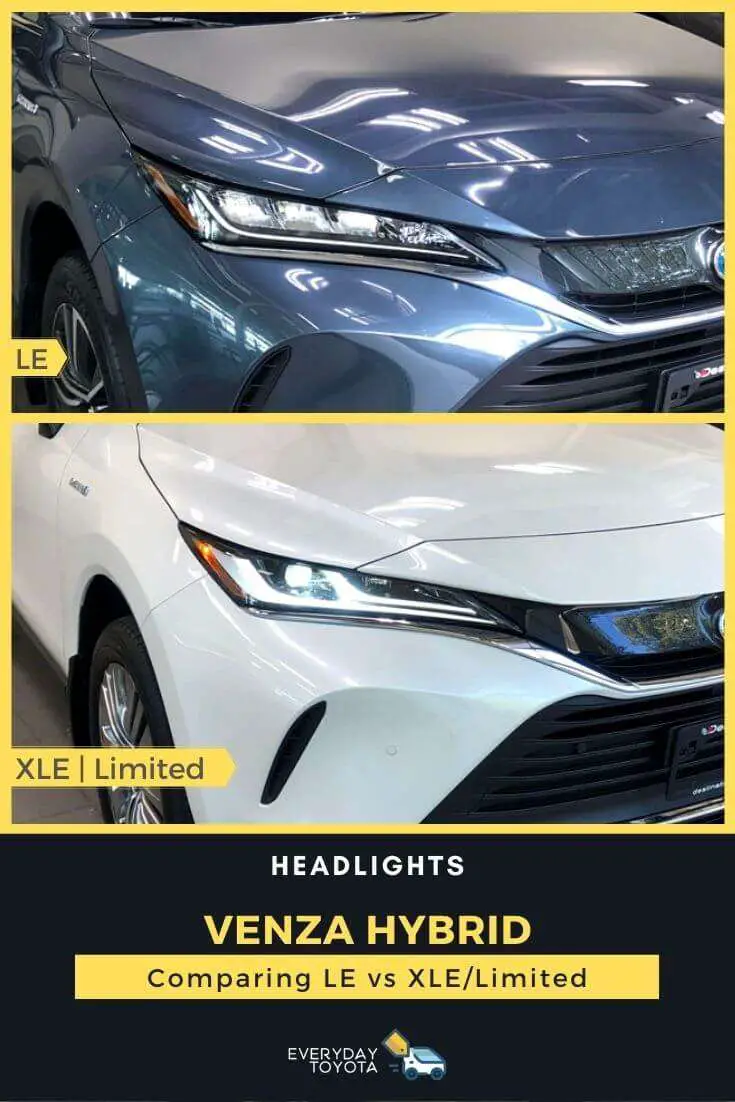Difference Between Sienna Xle And Le

For families seeking a reliable and spacious minivan, the Toyota Sienna has long been a top contender. However, navigating the trim levels can be confusing. Understanding the key differences between the LE and XLE trims is crucial for making an informed purchasing decision.
This article dissects the nuances between the Toyota Sienna LE and XLE models. It aims to provide potential buyers with a clear understanding of their respective features, comfort levels, and pricing, enabling them to select the trim that best suits their needs and budget. We'll delve into specific differences, referencing official Toyota specifications and expert reviews.
Exterior and Styling
From the outside, the XLE offers subtle enhancements that elevate its appearance. You'll find alloy wheels are standard on the XLE, often with a more intricate design than the LE's standard wheels. Body-colored mirrors with integrated turn signals are also typically included on the XLE, adding a touch of sophistication.
Interior Comfort and Technology
The most significant differences between the LE and XLE lie within the cabin. The XLE usually features upgraded upholstery, often transitioning from cloth to a more premium SofTex material. Heated front seats are a common XLE exclusive, providing added comfort in colder climates.
On the technology front, the XLE often boasts a larger touchscreen display for the infotainment system. A power liftgate is another frequent upgrade on the XLE, offering greater convenience when loading and unloading cargo. Sometimes a sunroof or moonroof can be found as standard or optional on the XLE, but rarely on the LE.
Safety and Driver Assistance
Both the LE and XLE trims generally come standard with Toyota Safety Sense. This suite includes features like pre-collision system with pedestrian detection, lane departure alert with steering assist, and adaptive cruise control. The core safety features remain consistent across both trims.
However, some advanced safety features may be exclusive to the XLE or available as options only on that trim. Blind spot monitoring with rear cross-traffic alert is a common example of a feature more readily found on the XLE.
Performance and Fuel Efficiency
Mechanically, the LE and XLE are typically identical. Both trims usually share the same engine and transmission. Fuel efficiency ratings are therefore generally the same for both models.
Pricing and Value
The LE is positioned as the entry-level trim, making it the more affordable option. The XLE's added features and refinements come at a higher price point. The difference in price can vary depending on the model year and specific options chosen.
Determining which trim offers the better value depends on individual priorities. If budget is a primary concern and the basic features of the LE are sufficient, it represents a solid value. However, for those seeking a more comfortable and feature-rich experience, the XLE's upgrades may justify the additional cost.
Expert Perspectives
"The Sienna XLE really steps up the game in terms of comfort and convenience features," says Car and Driver in a recent review.Experts often highlight the XLE's added amenities as a key differentiator. Edmunds notes that "the LE is a great choice for families on a budget, but the XLE offers a more luxurious experience."
Conclusion
Ultimately, the choice between the Toyota Sienna LE and XLE depends on individual needs and preferences. The LE provides a reliable and practical minivan experience at a lower price. The XLE offers a more refined and feature-rich experience, albeit at a higher cost.
Prospective buyers should carefully consider their budget and desired features before making a decision. Test driving both trims is highly recommended to experience the differences firsthand.


















